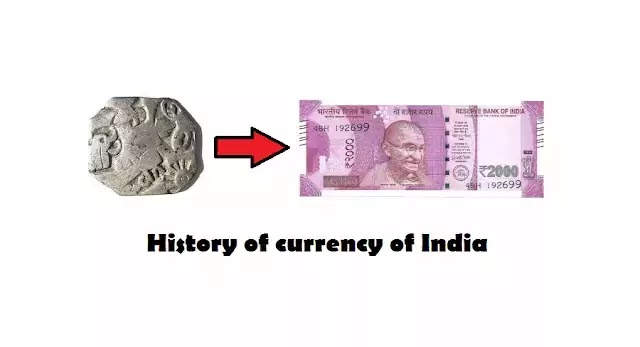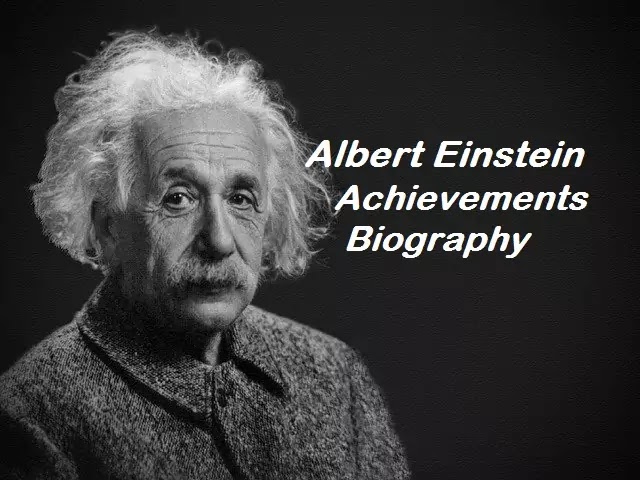HISTORY OF CURRENCY OF INDIA
The currency of India is developing since the time ,when there was a rule of Mauryan Empire.
Currency in Mauryan time:
The Mauryan Dynasty marked a new era in the history of India.The Mauryas established the first ever "empire" in the annals of Indian history.
Currency:
The ancient coins got a considerable position and the coins of Mauryan Empire as well in the manuscript of Kautilya. As per the 'Arthasashtra' of Kautilya, the metal was first melted in crucibles and purified with alkalis or 'kshara' as part of the manufacturing of coins.
The company ,was an English and later British joint -stock company .It was formed to trade in the Indian Ocean region ,intially with Mughal India and East Indies,and later with Qing China.
The East India Company's coins include Gold Mohur,Silver Rupiya,Pagoda,Anna,Fanams and Cash,many of which remain highly sought after and revered by the collectors to this day.
The beginning of using notes or cash started in India in the times of British rule.
Independence Day is annually celebrated on 15 august,as a national holiday in India commemorating the nation's independence from Unite Kingdom on 15 August 1947,the day when the UK Parliament passed the Indian Independence Act 1947.
Used it properly to make,
something beautiful;
Used it wrong to make,
something grave;
If this article helps you to boost your knowledge ,then don't be cheap to share this article with your friends.
 |
 |
Currency in Sangam Age time:
The Sangam Age is considered the classical period in Tamilakam region which covers the present -day parts of Andhra Pradesh and Karnataka.
Currency:
The third category of Sangam age Tamil coins are the punch-marked silver, copper and lead coins dated 200 BC and assigned to the Sangam age Tamil kings. The coins belonging to the first two categories mostly attest to the trading relationships that the Tamil people had with the kingdoms of northern India and the outside world.
 |
 |
Currency in Age of Guptas time:
The decline of the Mauryas witnessed India being ruled by a number of foreign dynasties.
Currency:
History Notes on Coins of Guptas, Gupta Coinage and Coins of Gupta Dynasty. Samudragupta who first issued Gupta coins that his first gold coins were of standard type and that later on he issued the Chandragupta-Kumaradevi type of coins to commemorate his father's marriage to Lichchhavi princess which had proved to be great benefit to the Gupta dynasty.
 |
 |
Currency in Age of Cholas time:
The Cholas rise to power in the ninth century coincided with the decline of the Pallavas.
Currency:
The other side bore the emblem of the Cholas. With the Cholas the coins of southern Indian dynasties ushered a new genre in the coinage system. The Chola ruler, Raja raja Chola struck coins both in Sri Lanka and India. These coins differed in fabric, style and in the gold purity. The coins of Chola Empire were issued in gold, silver and copper.
 |
 |
Currency in time of Delhi Sultanate:
The Delhi Sultanate's Mamluk army were skilled in the same style of nomadic cavalry warfare used by the Mongols, making them successful in repelling the Mongol invasions, as was the case for the Mamluk Sultanate of Egypt.
Currency:
Coins of Delhi Sultanate had introduced a new genre of melioration that set a mark in history. Share this Article : In the first half of the 14th century, the Sultanate introduced a monetary economy in the provinces and districts of India. The initiation of monetary system had improved the social and economical milieu.
 | |
|
Currency in time of Mughal Empire:
It was the Mughal Empire's wealthiest province, and the economic powerhouse of the Mughal Empire, estimated to have generated up to 50% of the empire's GDP. Domestically, much of India depended on Bengali products such as rice, silks and cotton textiles.
Currency:
Coins of Mughal Empire are the manifestation of the culture and the economic state of affairs of the time. The history of the Mughals depicts that in fourteenth century A.D., Timur conquered Western Asia. After five generations, the Mughals set foot in India.
 |
 |
Currency of "The East India Company"
The company ,was an English and later British joint -stock company .It was formed to trade in the Indian Ocean region ,intially with Mughal India and East Indies,and later with Qing China.
Currency:
The East India Company's coins include Gold Mohur,Silver Rupiya,Pagoda,Anna,Fanams and Cash,many of which remain highly sought after and revered by the collectors to this day.The beginning of using notes or cash started in India in the times of British rule.
After Independence the currency of India:
Independence Day is annually celebrated on 15 august,as a national holiday in India commemorating the nation's independence from Unite Kingdom on 15 August 1947,the day when the UK Parliament passed the Indian Independence Act 1947.
Currency:
The rupee was never equal to the dollar.At the time of independence ,India 's currency was pegged to a pound sterling ,and the exchange rate was shilling and six pence for a rupee-which worked out to Rs.13.33 to the pound.
 |
 |
 |
 |
A change in Currency of India in 2016.
Note: Prime minister Narendra Damodar Modi had changed the bigger amount of currency of India due to the storage of black money in country.
On 8 November 2016,the Government of India announced the demonetization of all Rs.500 and Rs.1,000 banknotes of the Mahatma Gandhi series to the new Rs.500 and Rs.2000 banknotes.
 |
 |
After banned of old 500 and 1000 rupees notes introduced but also new notes of Rs.50,Rs.200 and many more were made with the validity of old notes like Rs.50 will valid and used in the market.
Money is a tool;
Used it properly to make,
something beautiful;
Used it wrong to make,
something grave;
If this article helps you to boost your knowledge ,then don't be cheap to share this article with your friends.















